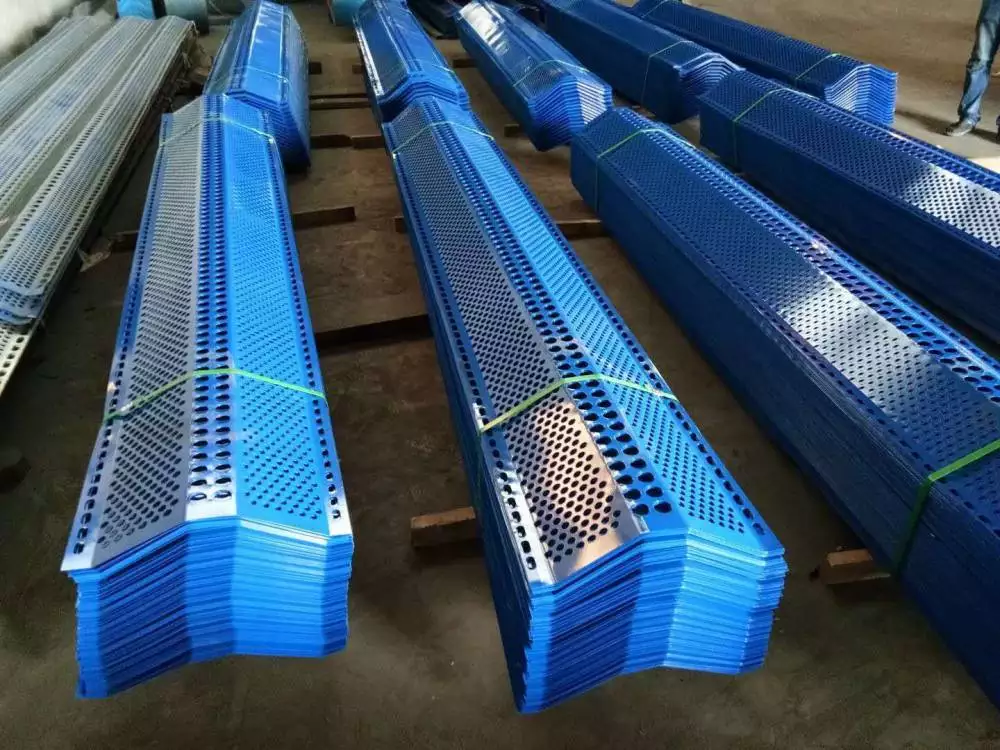The Importance of Acoustic Barriers in Modern Urban Development
In an age where urbanization is rapidly increasing and noise pollution is becoming a ubiquitous issue, acoustic barriers have emerged as a vital solution for enhancing sound management in metropolitan areas. These structures, designed to mitigate noise from roads, railways, and industrial activities, play a crucial role in maintaining the quality of life for residents living in close proximity to these noise sources.
Acoustic barriers, often made from materials such as concrete, wood, or specially engineered composites, function primarily by absorbing or reflecting sound waves. Their effectiveness is largely determined by their height, thickness, and the materials used in their construction. Strategically placed along highways, railways, and noisy industrial zones, these barriers create a sound buffer, significantly reducing the intensity of noise that reaches nearby homes and businesses.
The benefits of acoustic barriers extend beyond mere noise reduction. They contribute to healthier living environments by lowering stress levels associated with chronic noise pollution, which can lead to various health issues, including sleep disturbances, elevated blood pressure, and increased anxiety. By creating quieter neighborhoods, acoustic barriers not only improve the well-being of residents but also enhance property values, making areas more desirable for potential buyers.
acoustic barriers

Moreover, the design of acoustic barriers has evolved to embrace aesthetics alongside functionality. Many modern barriers incorporate attractive designs and landscaping, seamlessly blending into the urban environment. This enhances the visual appeal of neighborhoods while still performing their primary function of noise reduction. The integration of green spaces and natural elements into these structures has also sparked interest in eco-friendly materials, encouraging sustainable practices in urban planning.
In addition to their application in urban areas, acoustic barriers are increasingly being utilized in various public projects, such as airports and construction sites, where noise can be a significant concern. Their implementation not only assists in meeting regulatory requirements for noise control but also fosters positive relationships between communities and these large-scale operations.
As cities continue to grow and develop, the importance of managing noise pollution cannot be overstated. Acoustic barriers represent an effective, practical solution that addresses the challenges posed by urban noise. By investing in these structures, city planners and developers are taking proactive measures to enhance the living conditions of residents, promote public health, and foster an overall sense of community in our increasingly loud world. The future of urban living can thus be more harmonious, benefitting both individuals and the environment.
-
Versatility of Expanded Aluminum Metal for Various Applications
NewsMay.19,2025
-
The Geometry of Steel Gratings: Why It Matters
NewsMay.19,2025
-
Reinforcement Applications of Perforated Mesh in Masonry
NewsMay.19,2025
-
Essential Tools for Installing a Deck Mesh Railing
NewsMay.19,2025
-
Anti-Slip Flooring Made with Stainless Expanded Mesh
NewsMay.19,2025
-
Adjustable Steel Grating for Uneven Terrain
NewsMay.19,2025
Subscribe now!
Stay up to date with the latest on Fry Steeland industry news.

